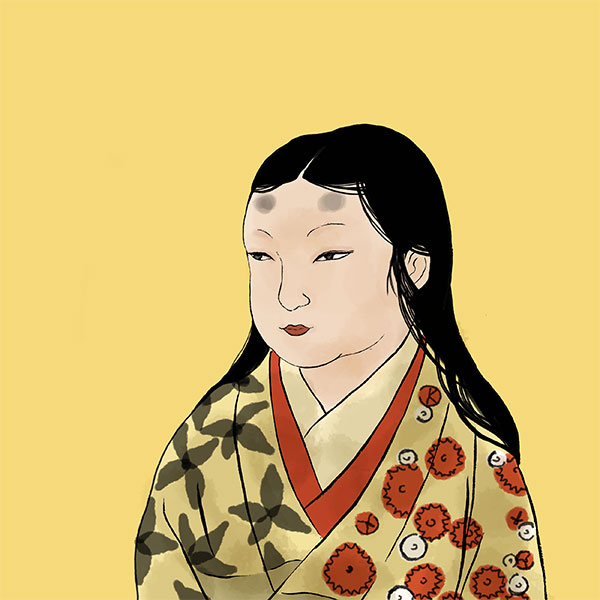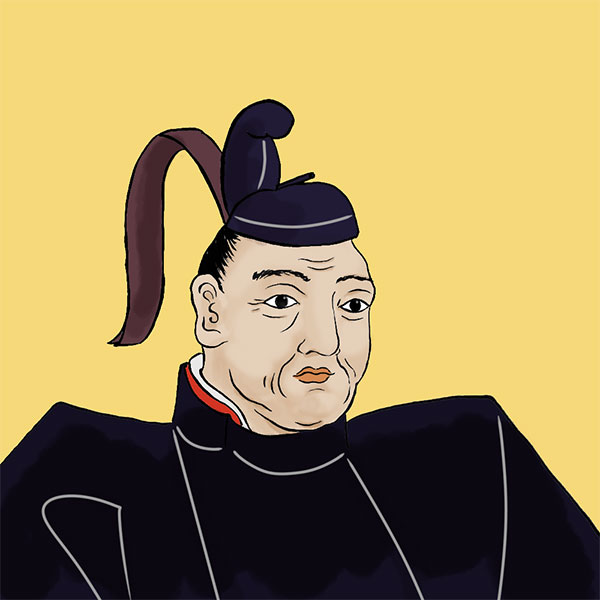- Hamamatsu DomainRuled by twelve famous families
- Hamamatsu Domain is a domain ruled by Fudai Daimyo. During the Edo period, feudal lords were often transferred from one domain to another, and the Hamamatsu domain was known for its rapid turnover of feudal lords. In addition, many castle lords held important positions in the shogunate.

Hamamatsu CastleHamamatsu City, Shizuoka Prefecture
- TOP
- Chubu
- Shizuoka Prefecture
- Hamamatsu Castle
| Other name | Hikima Castle, Shusse Castle |
|---|---|
| castle construction | 1532 |
| address | 100-2 Motoshiro-cho, Naka-ku, Hamamatsu City, Shizuoka Prefecture |
| telephone number | 053-453-3872 |
| Opening hours | 8:30 a.m. to 4:30 p.m. (Last entry 10 minutes before) |
| closing day | December 29th, 30th, 31st |
| Admission fee | Adults 200 yen / Junior high school students and under free |
Hamamatsu Castle, where Tokugawa Ieyasu lived for 17 years, was the birthplace of the Edo Shogunate for 300 years. Hamamatsu Castle is where Tokugawa Ieyasu, who became a ruler of Japan, survived the battle and pursued his dream of stealing the world.
- Access to Hamamatsu Castle
- From JR Matsumoto Station bus stop, take the Matsumoto Electric Railway Bus Town Sneaker North Course for about 10 minutes and get off at Hamamatsu Castle Kuromon bus stop.
HISTORYHamamatsu Castle, also known as ``Castle of Success''
Hamamatsu Castle is a castle ruin located in Naka Ward, Hamamatsu City, Shizuoka Prefecture. It is famous as the castle that Tokugawa Ieyasu once used as his base, but since the Edo period, many of the castle's successive lords have risen through the ranks as important figures in the shogunate, giving it the nickname "Success Castle." Let's unravel the history of Hamamatsu Castle.
- Hamamatsu Castle before the Edo period
- Hamamatsu Castle is a renovated and expanded version of Hikima Castle, which was built around the 15th century. It is not known who built Hikima Castle, but records state that the Iio clan, a subordinate of the Imagawa clan, served as the castle's lord in the first half of the 16th century. In addition, Motojocho Toshogu Shrine is currently built on the site of Hikima Castle.
In 1570, Tokugawa Ieyasu entered Hikima Castle and carried out major renovations, expansion of the castle, and development of the castle town. At this time, the name was changed from Hikima Castle to Hamamatsu Castle. It is said that they entered Hamamatsu Castle in preparation for Takeda Shingen's invasion. Hamamatsu Castle, which was renovated by Tokugawa Ieyasu, was built along the slope of the Mikatagahara Plateau in a style known as the ``echelon style,'' in which the Honmaru to the Sannomaru were lined up in almost a straight line.
Tokugawa Ieyasu lived as the lord of Hamamatsu Castle from the age of 29 to 45. During this time, battles that left their names in Japanese history took place, starting with the Battle of Mikatagahara, followed by the Battles of Anegawa, Nagashino, Komaki and Nagakute. In particular, the Battle of Mikatagahara was a battle in which Tokugawa Ieyasu suffered the greatest defeat of all the battles he experienced in his life, and the traces of him fleeing back to Hamamatsu Castle at that time still remain in the vicinity of Hamamatsu Castle as a place name. I am. - Hamamatsu Castle after the Edo period
- After Tokugawa Ieyasu established the Edo shogunate and moved its base to Edo, Hamamatsu Castle was ruled by Fudai daimyo for 22 generations of nine families. Hamamatsu Castle, which was renovated and expanded by Tokugawa Ieyasu, was a practical castle for battle, built of clay and without stone walls or tile-roofed buildings. For this reason, successive castle owners proceeded with renovations. However, the castle tower built during the Horio clan's reign disappeared in the 17th century, and the castle gate has since become the symbol of Hamamatsu Castle. Also, it seems that the double turret in the main enclosure was used as a castle tower. In addition, the feudal lords who became the lords of Hamamatsu Castle often held important positions in the shogunate, giving it the nickname ``Shusse Castle.''
- Hamamatsu Castle after the Meiji era
- In the Meiji era, Hamamatsu Castle became an abandoned castle and all the buildings were demolished. After the war, it was developed as Hamamatsu Castle Park in 1950.
In 1958, the reconstructed castle tower made of reinforced concrete was rebuilt, and in 1959, it was designated as a historic site by Hamamatsu City.
In 2014, the castle tower gate was restored, and in 2017, it was selected as one of Japan's top 100 castles.
In addition, only the open stone walls remain as they were in the Edo period. The reconstruction castle tower is now a museum, where you can learn about the history of Hamamatsu Castle and the life of Tokugawa Ieyasu. - summary
- Hamamatsu Castle is where Tokugawa Ieyasu spent his youth in Owari and into his prime years, building the foundation for the unification of Japan. However, compared to Edo Castle and Sunpu Castle, it was a little less well-known. With the 2023 taiga drama depicting Tokugawa Ieyasu's youth and early adulthood, Hamamatsu Castle is once again attracting attention. I'm looking forward to seeing how Hamamatsu Castle will be portrayed in the drama.
Read about incidents related to Hamamatsu Castle
- Battle of MikatagaharaIeyasu defecates unexpectedly! ? "Battle of Mikatagahara" ~ Takeda Shingen VS Tokugawa Ieyasu
- Tokugawa Ieyasu survived the Sengoku period and built the Edo shogunate, which lasted for 260 years. The battle in which Ieyasu is said to have been prepared to die was fought against Takeda Shingen on December 22, 1573 (January 25, 1573) at Mikatagahara (Hamamatsu City, Shizuoka Prefecture).

Read biographies related to Hamamatsu Castle
History of the Hamamatsu Domain, whose domain is Hamamatsu Castle
| Domain office | Hamamatsu Castle |
|---|---|
| old area | Hamamatsujuku, Shikichi District, Totomi Province |
| stone height | 60,000 koku |
| Fudai/Tozama | Fudai |
| main lord | Mr. Matsudaira Sakurai, Mr. Takayuki, Mr. Matsudaira Ogai, Mr. Ota, Mr. Aoyama, Mr. Matsudaira Honjo, Mr. Matsudaira Okochi, Mr. Inoue, and Mr. Mizuno. |
| Estimated population | 120,000 people (first year of Meiji) |
Hamamatsu Castle, which was the residence of Tokugawa Ieyasu, was visited by feudal lords one after another, including the Matsudaira clan. It is also called "Shusse Castle".























